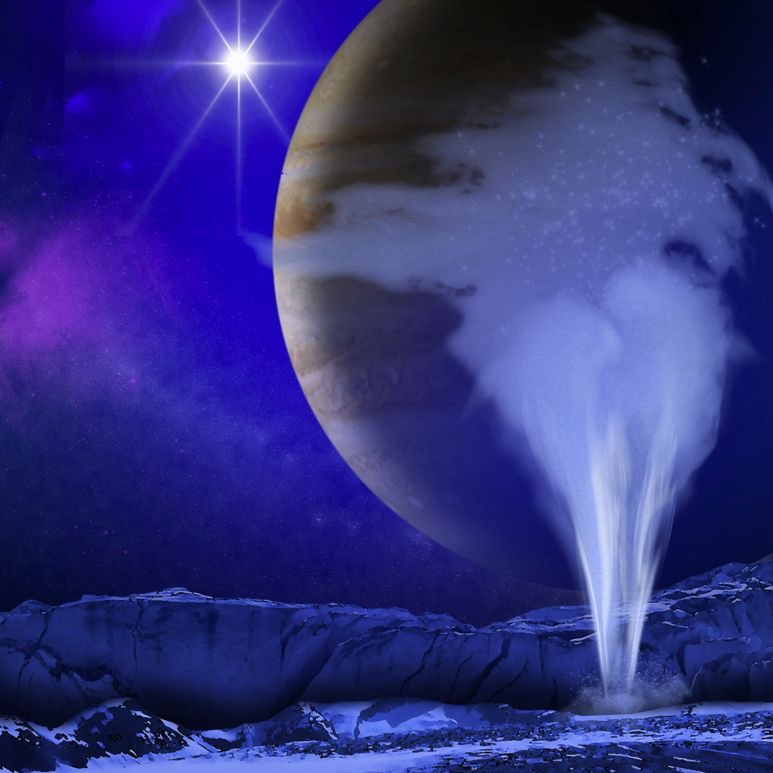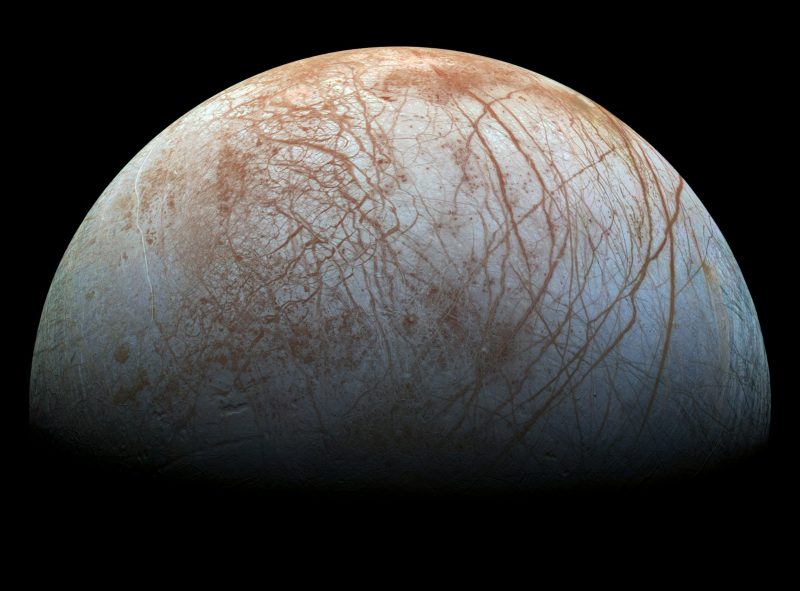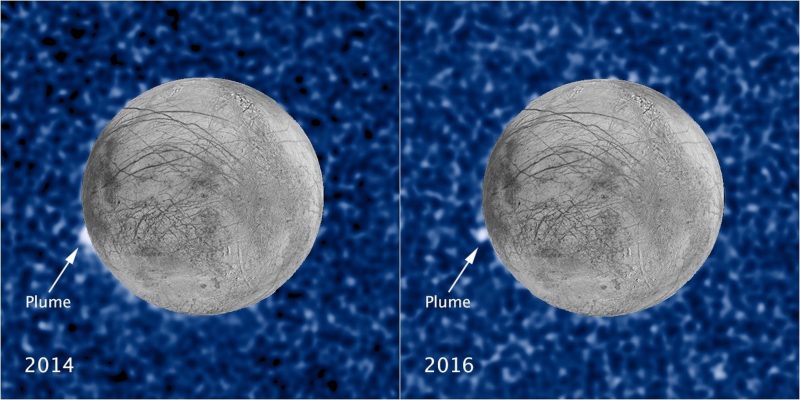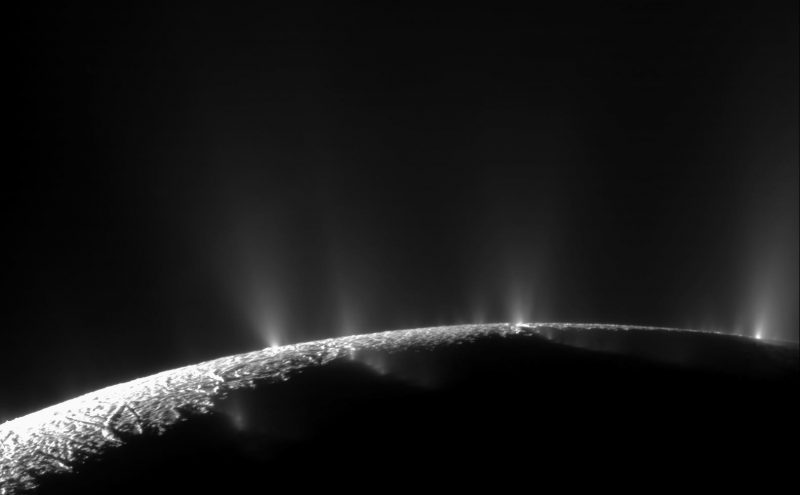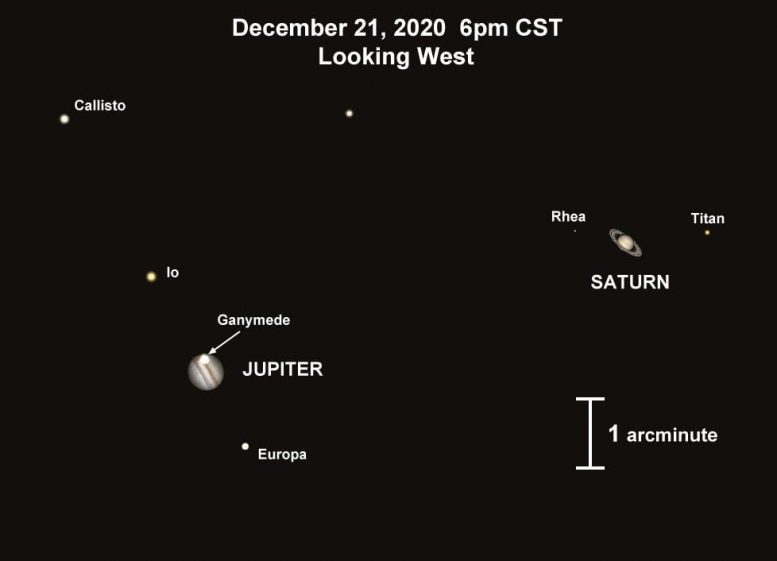Folks , I hate to say "told you so" , but FINALLY , mainstream science has acknowledged that the weather on the surface of Jupiter and Saturn maybe driven primarily , by internal factors , rather than the energy from the Sun !!
The inner Suns of the gas giant planets Jupiter and Saturn (or should we say , failed Suns ??) are the "factors" driving the weather on the surface of these planets .
Now applying the principle that "The same laws of nature MUST apply to ALL planets , anywhere in the Universe" , it logically follows that even the inner Sun of our Earth is driving climate here on the Earth's surface , just that our planet being closer to the Sun gets affected more by the energy emitted from the external Sun ,than the influence of the inner Sun on the climate on Earth's surface .
**Truth be told , even the weather of distant Jupiter & Saturn is affected by the energy from the external Sun , but to a much lesser degree , than if affects the climate on Earth's surface .
Therefore , to summarise , like I've said before on this forum - Climate on the surface of each planet is an INTERPLAY of 2 main factors , the energy emanating from the external Sun AND the emissions of the planet's Inner Sun , from the Polar openings of the planet .
Isn't it amazing that our Hollow Planet Theory has such an IMPORTANT role to play in understanding the climate on the surface of each planet ? This also means that ALL climate models currently being followed , are INCOMPLETE , because they just do NOT factor the role of the Inner Sun , OR even it's emissions via the Polar openings - at all :))
Weather on Jupiter and Saturn may be driven by different forces than on Earth
by Bob Yirka , Phys.org
Credit: CC0 Public Domain
A trio of researchers, two with Harvard University, the other the University of Alberta, has found evidence that weather on Saturn and Jupiter may be driven by dramatically different forces than weather on Earth. In their paper published in the journal Science Advances, Rakesh Kumar Yadav, Moritz Heimpel and Jeremy Bloxham describe computer simulations showing that major weather systems on Jupiter and Saturn might be driven by internal rather than external forces, resulting in outcomes such as the formation of large anticyclones like Jupiter's famous red spot.
Weather on Earth is primarily driven by processes that take place in a thin layer of the atmosphere near the planet's surface. For many years, it has been thought that similar processes drive weather on other planets, such as Jupiter and Saturn. In this new effort, the researchers demonstrate that such theories may be wrong.
The work involved creating two simulations to mimic conditions on Jupiter and Saturn. Rather than assuming weather patterns are driven by turbulence just above the surface, the researchers programmed their simulations to take into account turbulent convection occurring in spherical shells as they rotate. In one such simulation, which they called the "thin shell" approach, the simulation was used to reproduce what happens with convection layers on gas giants such as Saturn and Jupiter—events they note have very little interaction with the planet's magnetic field. They found that the simulation showed cyclones, zonal jets and anticyclones forming spontaneously on both Jupiter and Saturn. The second simulation, which they called the "thick shell" approach, was programmed to mimic the interactions by the planet's inner dynamo and the outer hydrodynamic layer. It showed plumes being ejected from the magnetic layer, which gave rise to what they describe as pancake-shaped weather patterns close to the surface.
The researchers suggest that some of the weather patterns on both planets are likely driven by jet streams and processes below the surface. They also suggest their simulations show that the famous red spot may have formed when the planet's dynamo region set off processes that resulted in the production of large anticyclones in the atmosphere.
Regards

